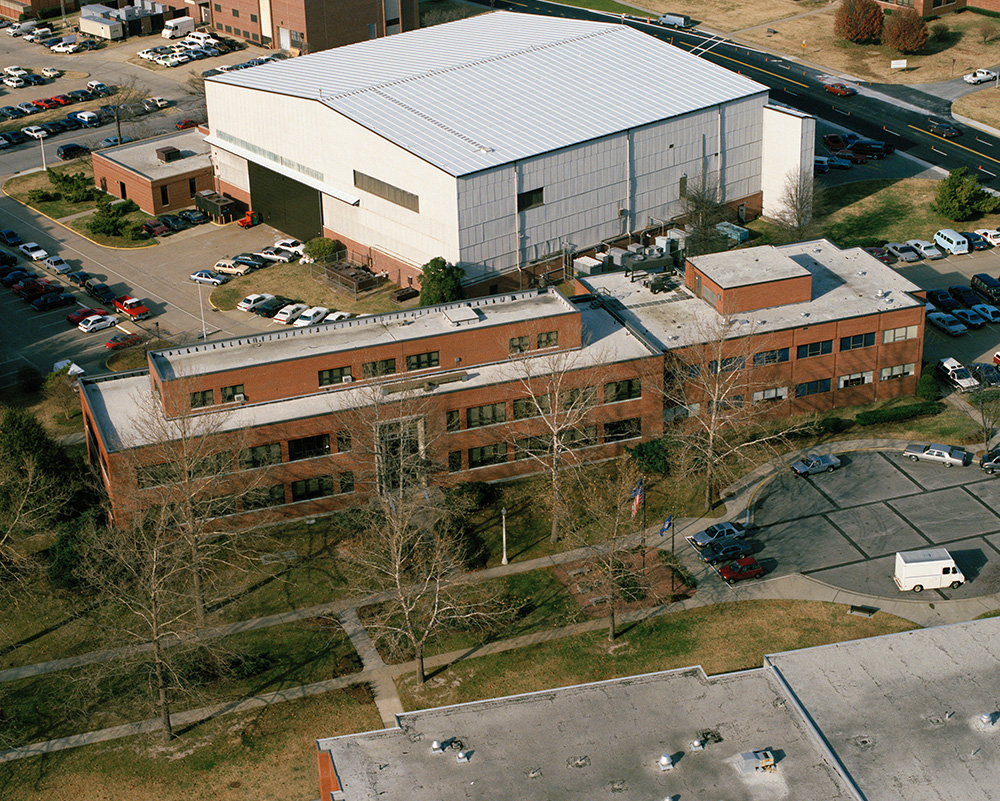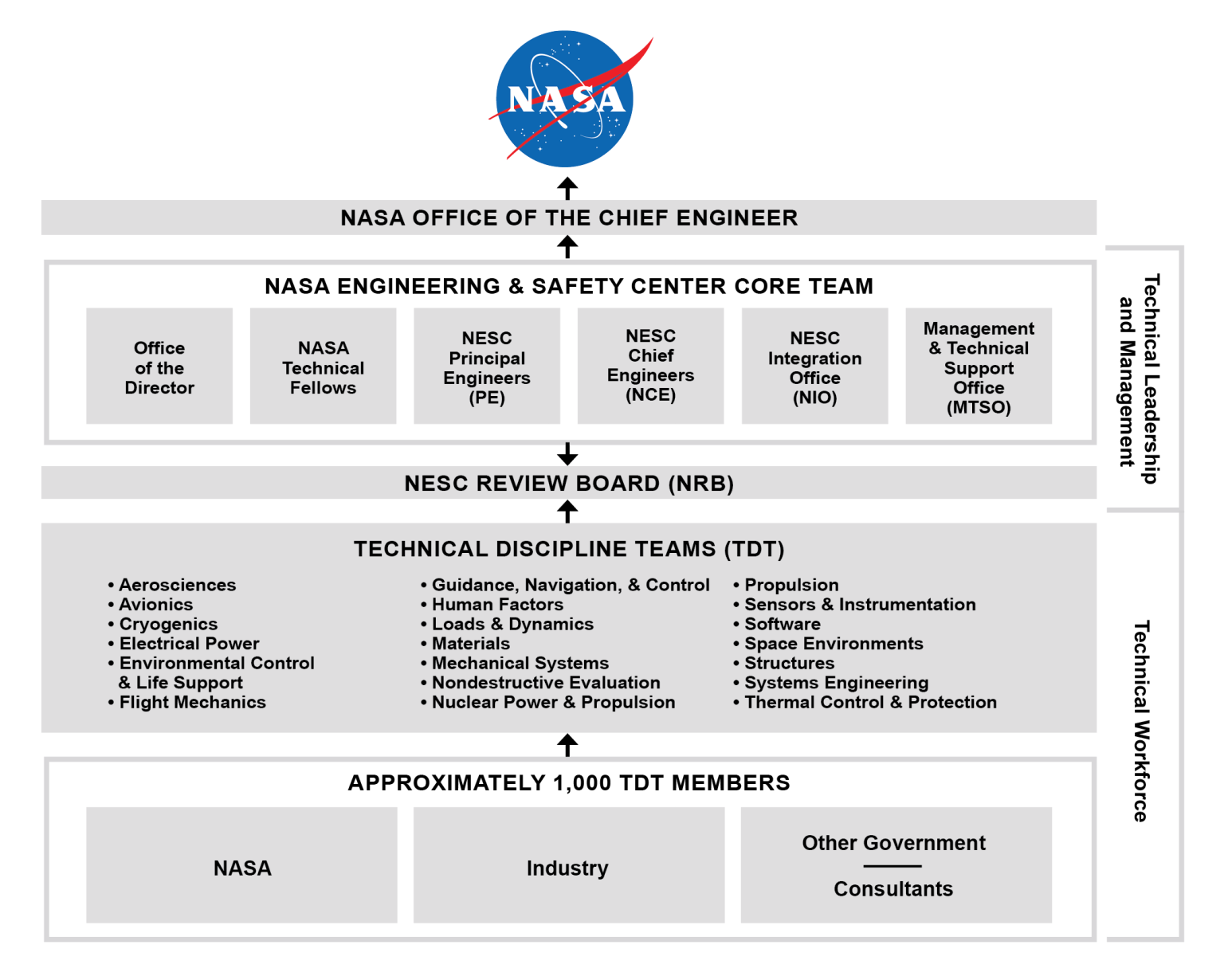NESC Overview
At the core of the NESC is an established knowledge base of technical specialists pulled from the ten NASA Centers and from a group of partner and organizations external to the Agency. This ready group of engineering experts is organized into discipline areas called Technical Discipline Teams (TDT). TDT members are from other NASA organizations, industry, academia, and other government agencies. By drawing on the mind of leading engineers across the country, the NESC consistently optimizes its processes, deepens its knowledge base, strengthens its technical capabilities, and broadens its perspectives, thereby further executing its commitment to engineering excellence.
The NESC Technical Discipline Teams are:
- Aerosciences
- Avionics
- Cryogenics
- Electrical Power
- Environmental Control/Life Support
- Flight Mechanics
- Guidance, Navigation & Control
- Human Factors
- Loads and Dynamics
- Materials
- Mechanical Systems
- Nondestructive Evaluation
- Nuclear Power and Propulsion
- Propulsion
- Sensors/Instrumentation
- Space Environments
- Software
- Structures
- Systems Engineering
- Thermal Control & Protection
NESC’s technical evaluation and consultation products are delivered in the form of written reports that include solution-driven, preventative, and corrective recommendations. The NESC strives to set the example for the Agency of providing full and appropriate documentation of every activity we perform. Along with each report, lessons learned are communicated to Agency leadership and to engineers through avenues such as the Agency lesson learned system. Another important function of the NESC is to engage its proactive investigations to identify and address potential concerns before they become major problems. To further this goal, the NESC is currently leading NASA’s efforts for independent data mining and trend analysis. The NESC has established a Data Mining and Trending Group that includes representatives from all NASA Centers as well as external experts. This group ensures that results are maximized and that the NESC comprehensively learns from previous efforts.
































